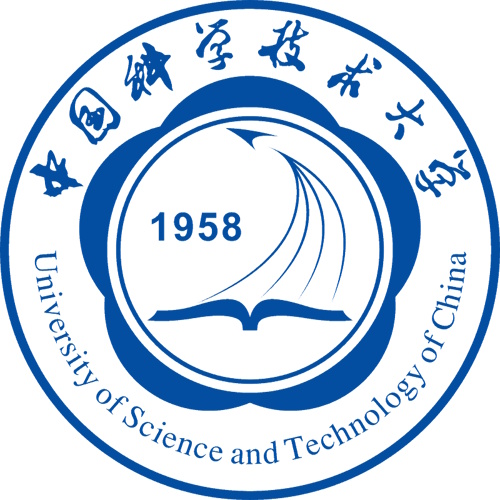Key points from article :
The University of Science and Technology of China (USTC) has developed an advanced robotic chemist named Luke, marking a significant leap in laboratory research automation. Equipped with robotic arms, a visual system, AI computing, and human-machine interaction software, Luke performs precise lab tasks, like pouring liquids and grinding solids, while independently designing and conducting experiments. Luke operates continuously with high precision, reaching 0.1 millimeter accuracy in its actions.
One of Luke’s remarkable capabilities is its rapid data processing: it can study 50,000 academic papers in two weeks and analyze over 3.76 million experimental formulations in six weeks. USTC highlights that such AI-driven robots can conduct experiments efficiently and precisely, significantly boosting scientific productivity. Luke has already contributed to research on oxygen-generating catalysts from Martian meteorites, aiding long-term human exploration efforts on Mars. Additionally, it is involved in projects related to anti-counterfeiting technologies and cost-effective coal-to-oil conversion.
This project aligns with China’s broader objectives for humanoid robotics, supporting the country's industrial goals. The humanoid robot market in China is predicted to reach 75 billion yuan (10.56 billion U.S. dollars) by 2029, representing 32% of the global market. Although robots like Luke demonstrate tremendous potential, challenges in battery life and natural interaction remain before large-scale deployment. However, USTC scientists see robotic chemists as tools to free human researchers for more creative work, potentially driving innovation and scientific discovery to new heights.





